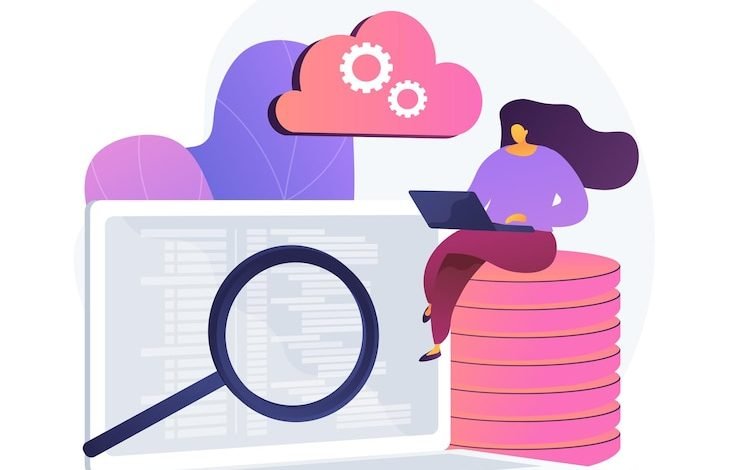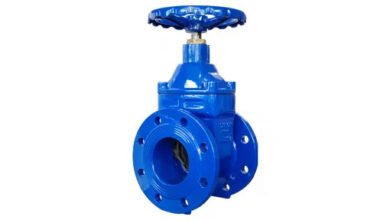Call Center QA Software Metrics You Should Know About

Running an incoming call center is now, more than ever, all about analytics and data. The correct incoming metrics, not simply any inbound metrics. You will find it difficult to provide the caliber of service your consumers need without the proper measures and monitoring.
The crucial KPIs directly connect to improved results, however. Frequently get lost in the mix due to the emphasis on reducing agent learning, and preserving customer happiness. And increasing profitability. The main inbound call center KPIs your company needs to monitor are broken down in this guide to customer service metrics.
Key performance indicators (KPIs) for inbound call center QA software track how effectively your contact center operates and how well your customers are treated as a whole. Monitoring the key performance indicators, we have listed below will help you get insight into how successfully you’re handling customer complaints and questions and, in turn, help you forecast how well you’ll be able to service and maintain your most valuable asset: your customers.
-
CSAT (Customer Satisfaction Score)
As its name would imply, your company’s CSAT is an important customer service indicator that seeks to gauge general satisfaction with the products and services offered by your company. While still quite significant in and of itself, each indicator we discuss below will affect your CSAT score.
To reduce and avoid excessive customer turnover, you must take action to make sure your customers are satisfied. Therefore, everything your business does should be centered on acquiring customers AND keeping them delighted. Whether it means raising the skill level of your agents or automating your incoming call flow.
Neglecting this key indicator of customer happiness gives your competitors a free pass to treat your customers fairly. Maintaining a high CSAT takes consistency. It takes one or two mistakes to lose even your most devoted consumers. According to a survey from CX platform supplier, 86% of former customers loyal to a business will stop being so after just two to three negative customer service encounters.
-
Rate of customer churn
One of the best ways to keep consumers and increase earnings is to offer continuous, excellent customer service. The alternative, bringing in new clients, might cost your company five times as much. However, even a little 5% improvement in client retention can boost profitability by up to 95%.
Due to this, the customer turnover rate, sometimes referred to as the attrition rate, can reveal a lot about the operation of your company and incoming call center. Therefore, every decision-maker should be aware of this customer service KPI since it provides clear information on the number of clients who have discontinued doing business with you during a specific time frame.
-
FCR (First Call Resolution)
The First Contact Resolution Rate of your business provides a clear indicator of your agents’ expertise. The effectiveness of your call center QA software for your clients. Your FCR rate will increase the more client concerns your employees can handle at the first point of contact. Your business will become more productive consequently.
Let’s put ourselves in the consumer’s position to properly comprehend the value and significance of the FCR measure. There will always be a moment when phoning a customer service hotline is the only option to address a problem. No matter who you are, you want to be connect to an agent who can address your problem as swiftly and effectively as possible as soon as you can. The more agents or waiting times there are, the less pleased you will be with the service.
-
Rate of Transfers
Your contact center’s transfer rate indicates the number of customers who need to be transfer to an agent who is more qualify or better suite to their requirements. A high transfer rate, express as a percentage. Suggests that your business might benefit from a thorough audit of your whole incoming call flow and procedure.
The transfer rate can also judge the effectiveness of your contact center software and configuration: do your IVR and automation system successfully guide consumers to the appropriate department? Do high transfer rates occur as a result of your LMS’ inefficiency?
High transfer rates reveal inefficiencies in your call center QA software, much like a low FCR. Any organization requiring numerous agents to address a single issue should avoid doing so, especially when consumers want immediate action.
-
ASA (Average Speed to Answer)
Even if your hold music is excellent, chances are that your consumer will not want to wait around for hours listening to scratchy old jazz. Customers demand fast resolutions in the era of one-click purchases and instant pleasure. 58% of respondents to a recent poll on customer experiences stated they have higher expectations now than they did a year ago.
Furthermore, 67% of these customers who expected more indicated that speedier customer service was essential. Making your consumers wait in lines would probably just make them angry and upset. Leading them to look for a better, more practical alternative. You can track success in this area using your call center’s average speed to answer (ASA) KPI.
Summarizing the Post
Even though the measure is easy to calculate, gathering enough data and doing it frequently involves a lot of labor. Companies like SurveyMonkey and Qualtrics provide sample templates to make capturing this important customer satisfaction statistic easier and more effective.
The Net Promoter Score is ultimately a “meter of metrics,” much like the CSAT score that began our list. Your NPS is influence by everything your contact center performs. Therefore, increases in the other essential inbound call center KPIs we have listed here will probably translate into gains in the most significant one – your NPS of your QA tools.




